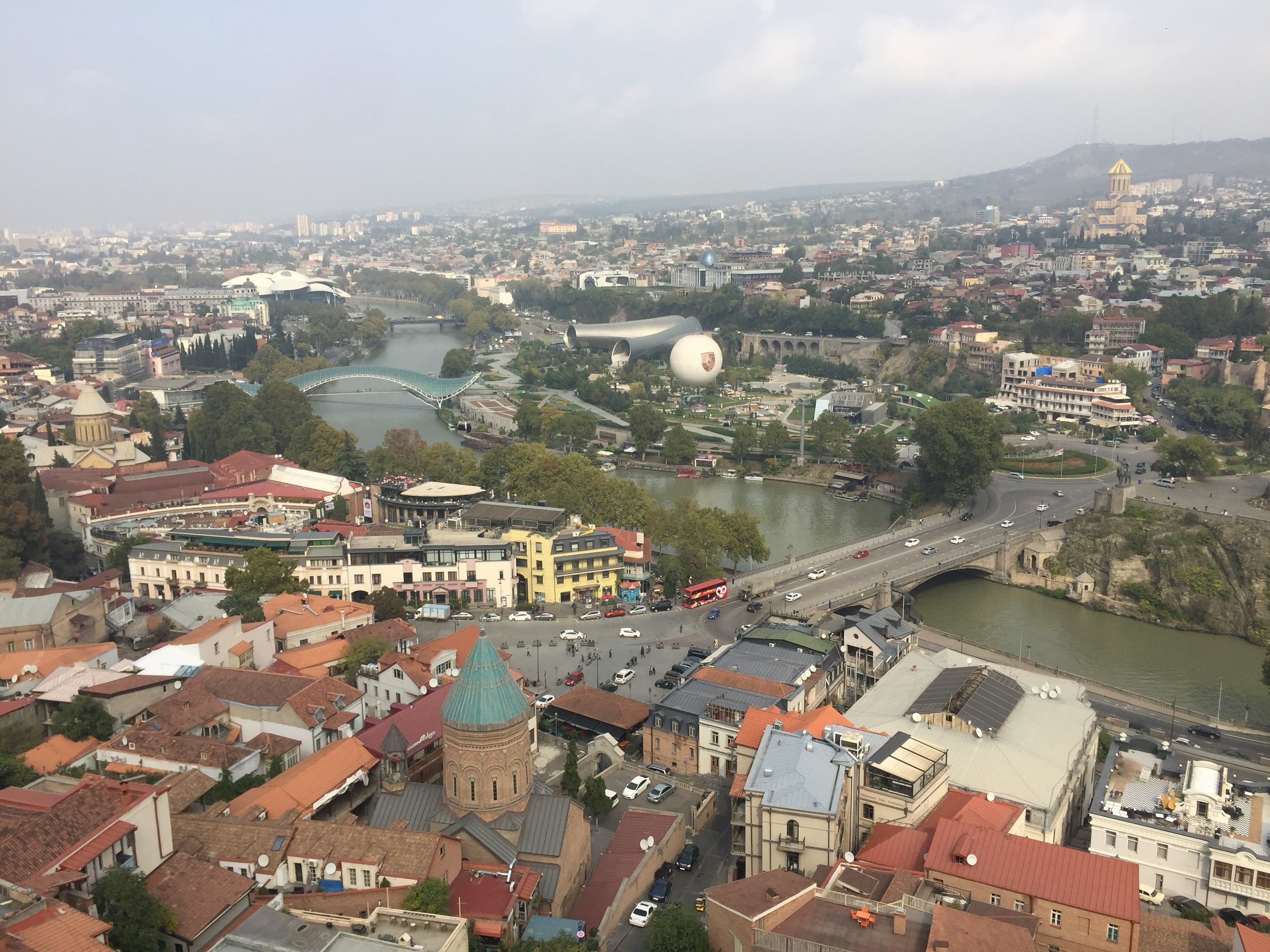Peruvian cuisine is a vibrant tapestry of flavors, ingredients, and culinary traditions that reflect the country’s rich cultural heritage. Nestled in the Andean region of South America, Peru boasts a diverse geography that includes coastal areas, high mountains, and lush jungles. This geographic diversity has given rise to a unique culinary landscape that incorporates indigenous ingredients, Spanish influences, and flavors from Asian and African cuisines. As a result, Peruvian food is not only delicious but also a reflection of the country's history and its people.
One of the cornerstones of Peruvian cuisine is its use of local ingredients. Potatoes are a staple, with Peru being home to over 3,000 varieties. The potato's humble origins are complemented by other key ingredients such as corn, quinoa, and various native herbs and spices. Ceviche, perhaps Peru’s most famous dish, showcases the bounty of the sea. Made with fresh raw fish marinated in lime juice and flavored with onions, cilantro, and chili peppers, ceviche is a refreshing dish that captures the essence of coastal flavors. It is served chilled, often accompanied by sweet potatoes and corn, making it a perfect representation of the balance between freshness and boldness that defines Peruvian food.
Another significant aspect of Peruvian cuisine is its fusion of cultures. The Spanish colonization brought new ingredients such as rice, beef, and different spices, which were integrated into traditional cooking methods. A prime example is lomo saltado, a stir-fry dish that combines marinated strips of beef with onions, tomatoes, and fried potatoes, served with rice. This dish highlights the blending of Asian stir-frying techniques with traditional Peruvian ingredients, creating a harmonious fusion that speaks to the country’s multicultural identity.
Additionally, the influence of Asian immigrants is particularly evident in dishes such as causas and chifa. Causa is a cold mashed potato dish layered with avocado, chicken, tuna, or seafood. The bright colors and the incorporation of citrus emphasize the freshness of the ingredients. Chifa, which refers to the Peruvian-Chinese restaurants that sprang up in the 19th century, offers favorites like arroz chaufa, a Peruvian take on fried rice, filled with an array of meats and vegetables. This dish represents how two distinct culinary traditions can come together to create something entirely new and delightful.
Peruvian cuisine is also recognized for its emphasis on sustainability and local sourcing. Many chefs prioritize using organic and seasonal ingredients, often sourced directly from farmers. This practice not only supports local agriculture but also ensures that the dishes served in restaurants are imbued with maximal flavor, reflecting the true essence of the season. Culinary hotspots like Lima have gained international acclaim for their commitment to these principles, leading to a burgeoning gastronomic scene that attracts food lovers from around the globe.
Moreover, food festivals celebrating Peruvian gastronomy highlight the importance of traditional cooking methods and regional specialties. Events such as Mistura, held annually in Lima, bring together chefs, farmers, and food enthusiasts to celebrate local cuisines and promote food innovation. These gatherings serve as platforms for cultural exchange, showcasing the diversity of flavors and the stories behind each dish.
Peruvian cuisine is a dynamic blend of indigenous ingredients, Spanish colonial influences, and waves of immigrant flavors. Each dish tells a story of culture, community, and history, offering a culinary experience that is both rich and varied. Whether enjoyed at a street stall or a fine dining restaurant, the vibrant tastes and aromas of Peru provide a delicious journey through the country’s diverse heritage, inviting all to explore and savor its culinary treasures.










